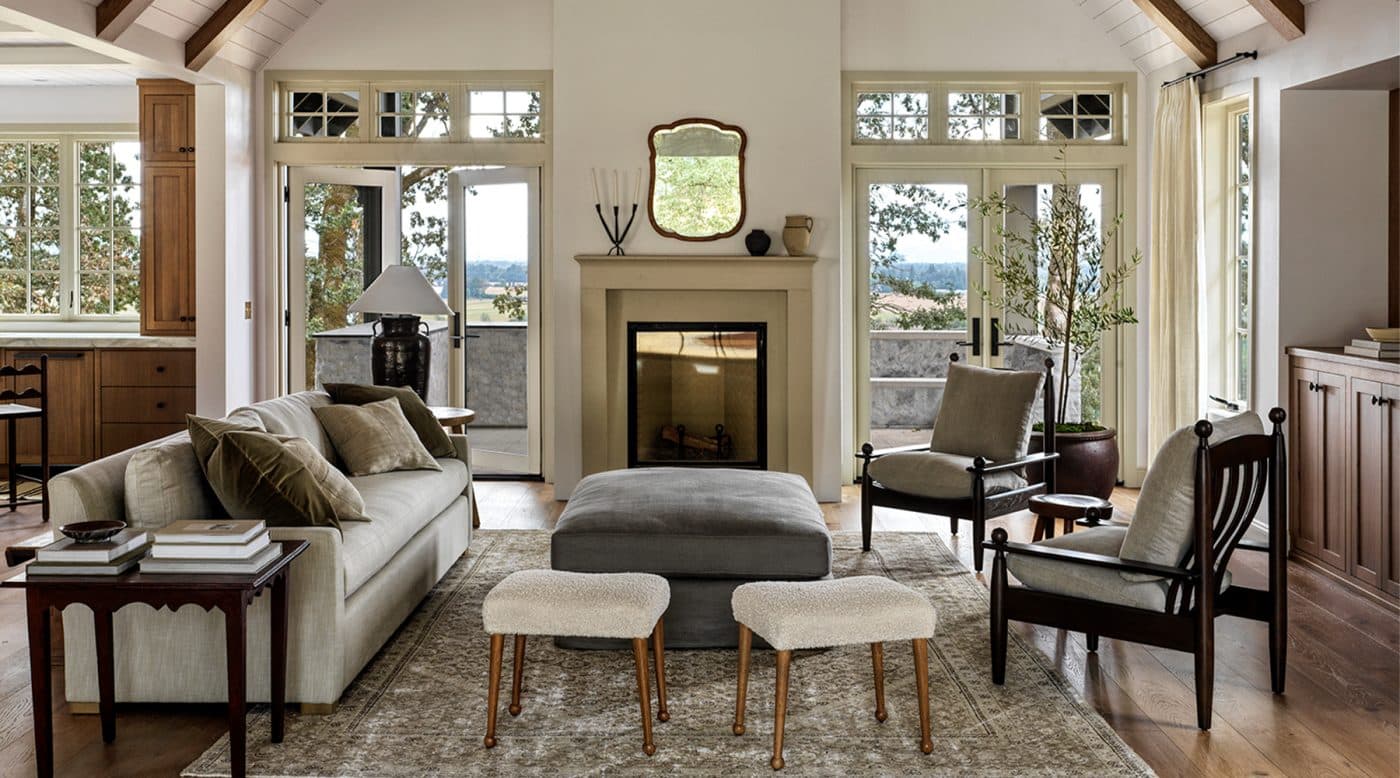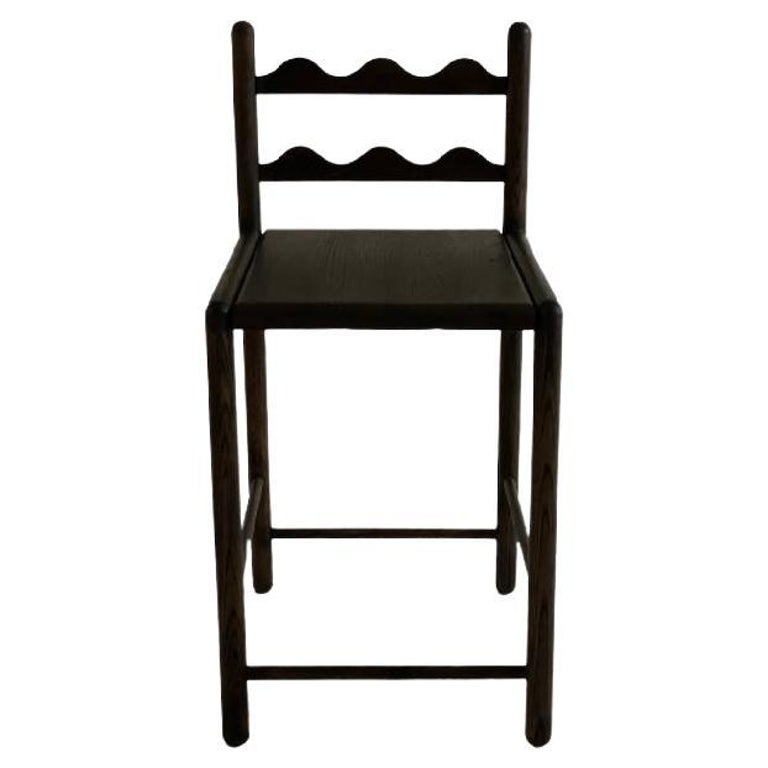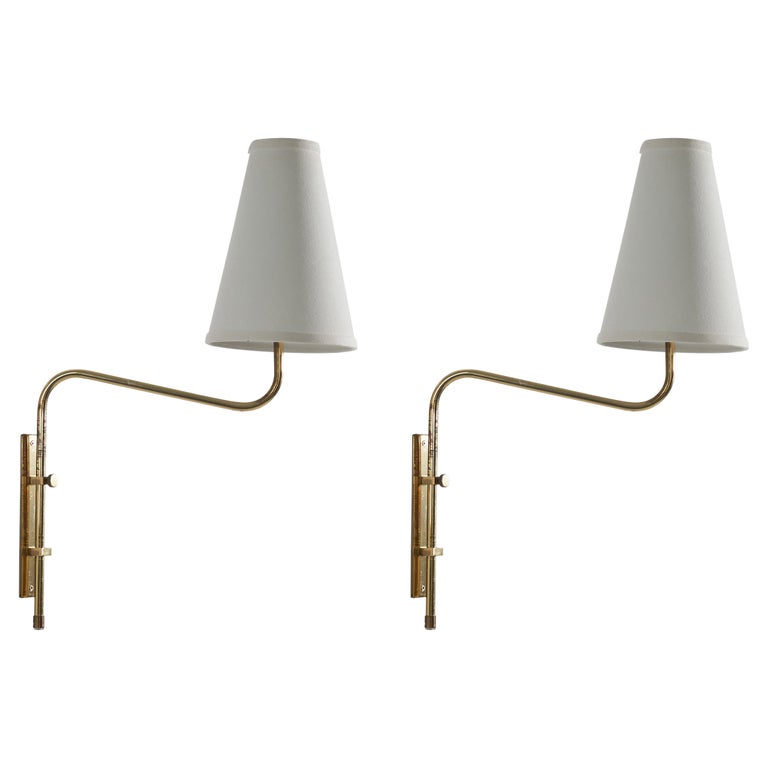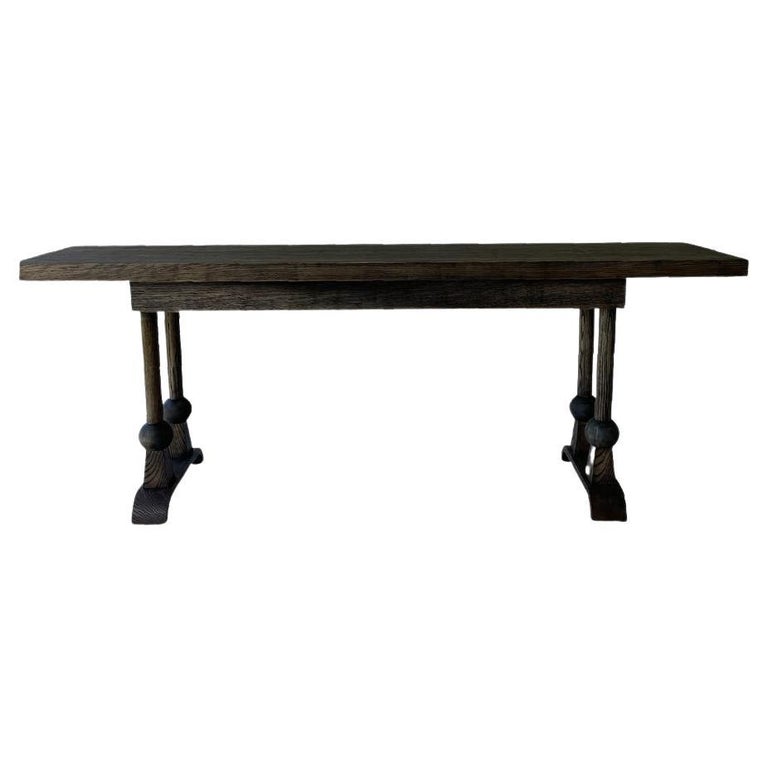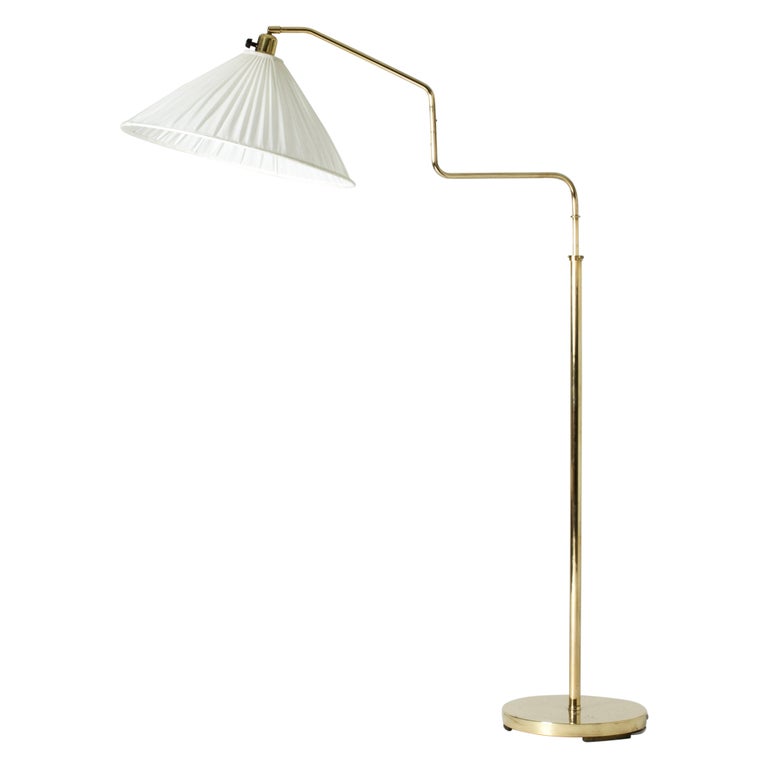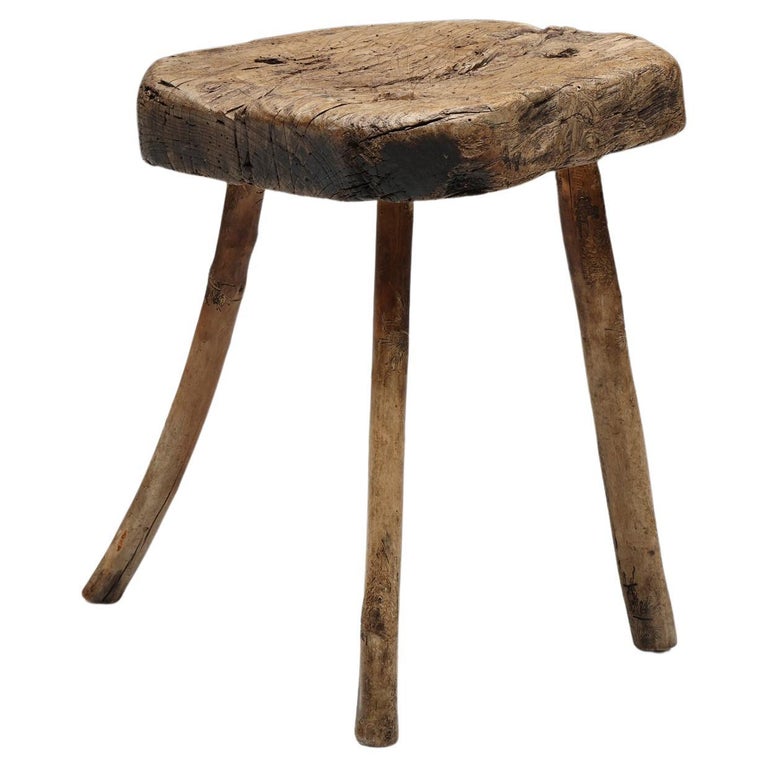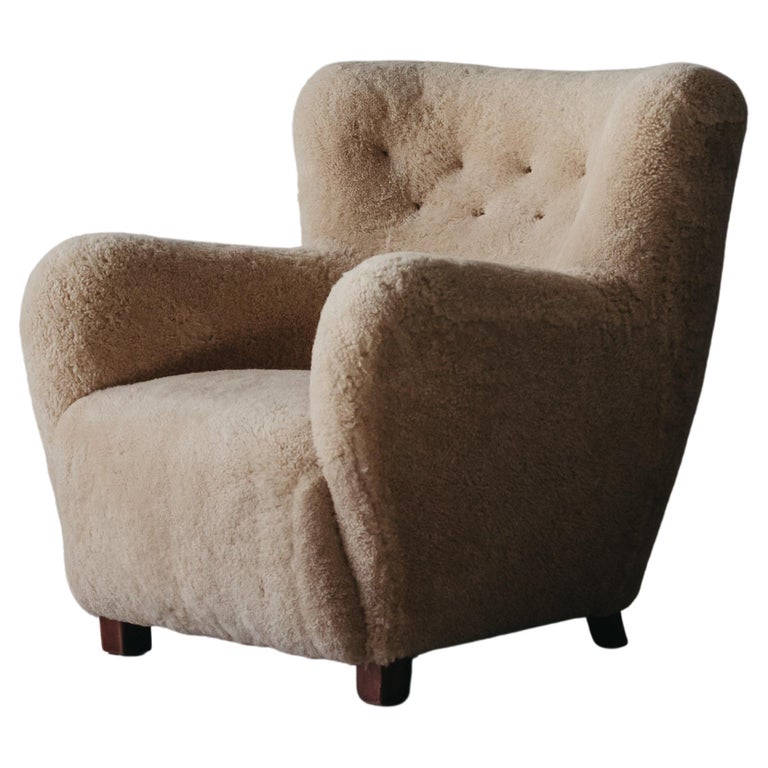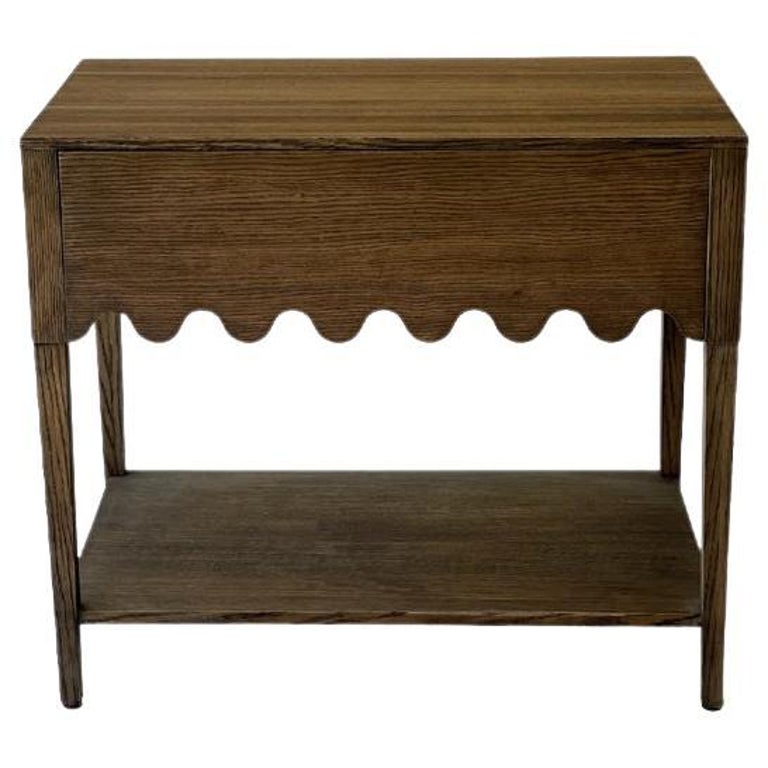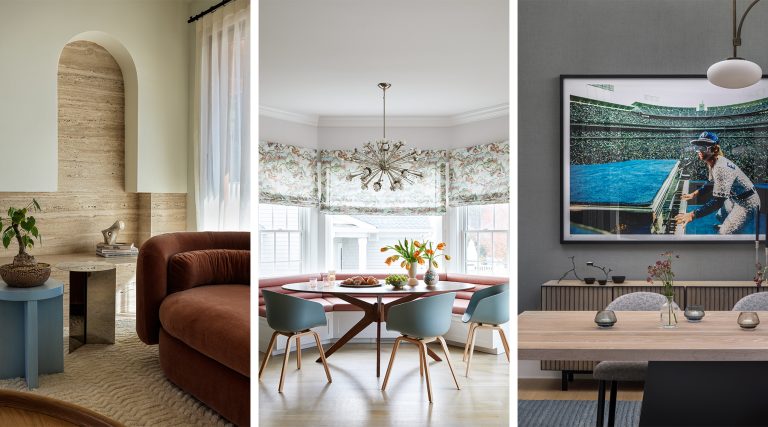April 16, 2023Molly Kidd was an influencer before that was a thing. She was a hot young florist working her way through Oregon State University, where she studied interior design and blogged on the side.
The free-form tablescapes, fashion content and wildflower bridal bouquets she posted on her blog inspired thousands of followers — and its impressive analytics even garnered revenue, with her content attracting the occasional paid advertisement. “That felt like a big deal,” she recalls, although “interiors were always in the back of my mind.”
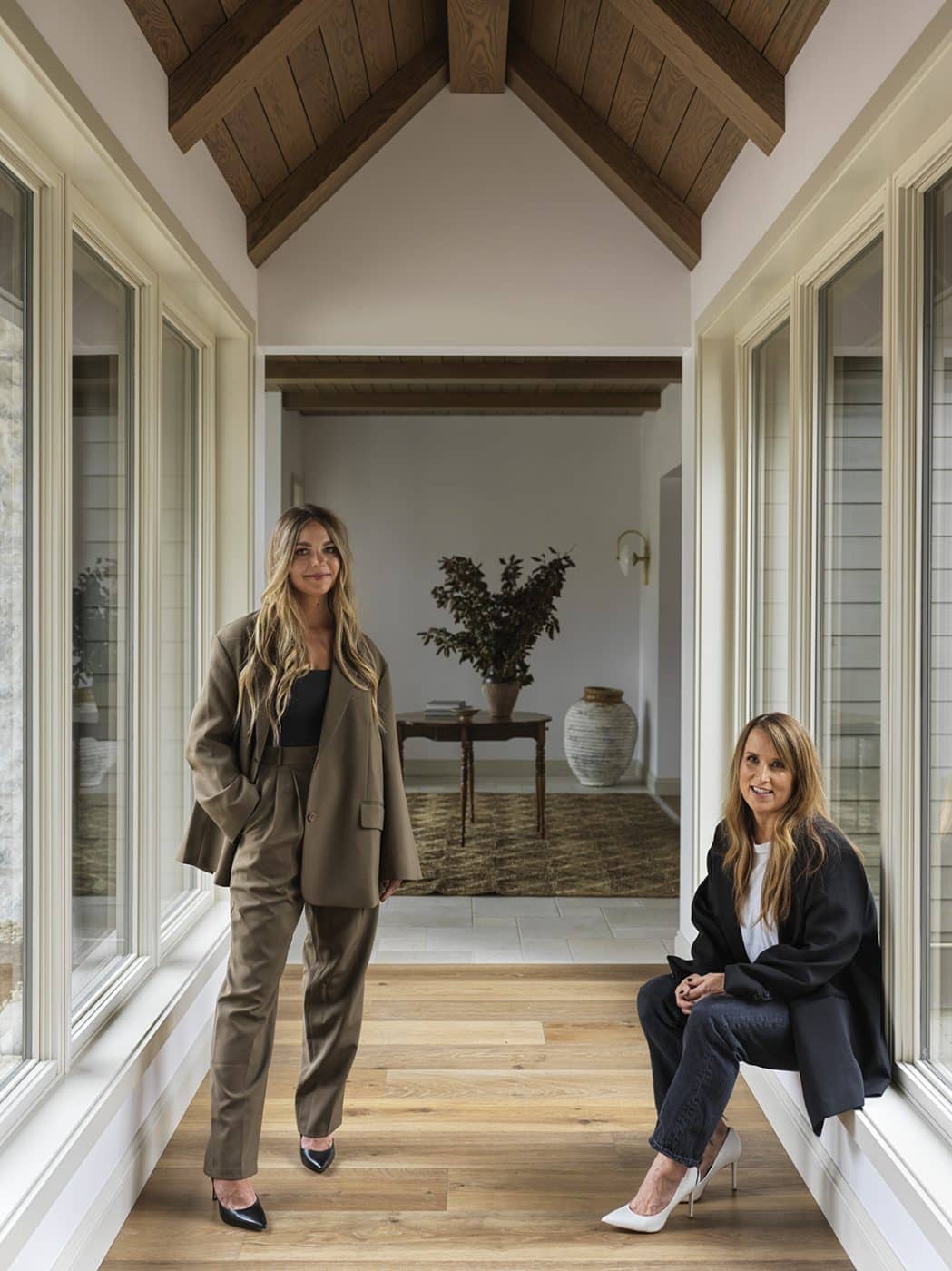
Eventually, she realized she wanted to focus on home design, so she decided to start fresh and deleted the blog in 2014, leaving nary a trace on the web. “No, don’t even look for it,” she says with a laugh.
The next year, she cofounded Light and Dwell with Aymee Kuhlman, a former life coach whom Kidd met while still in college. Kuhlman, the firm’s chief executive, is based in Corvallis, Oregon, while Kidd directs design from nearby Salem. Their 11-woman team, which works remotely, has designed spaces in California, Nebraska, Texas, Tennessee and Utah.
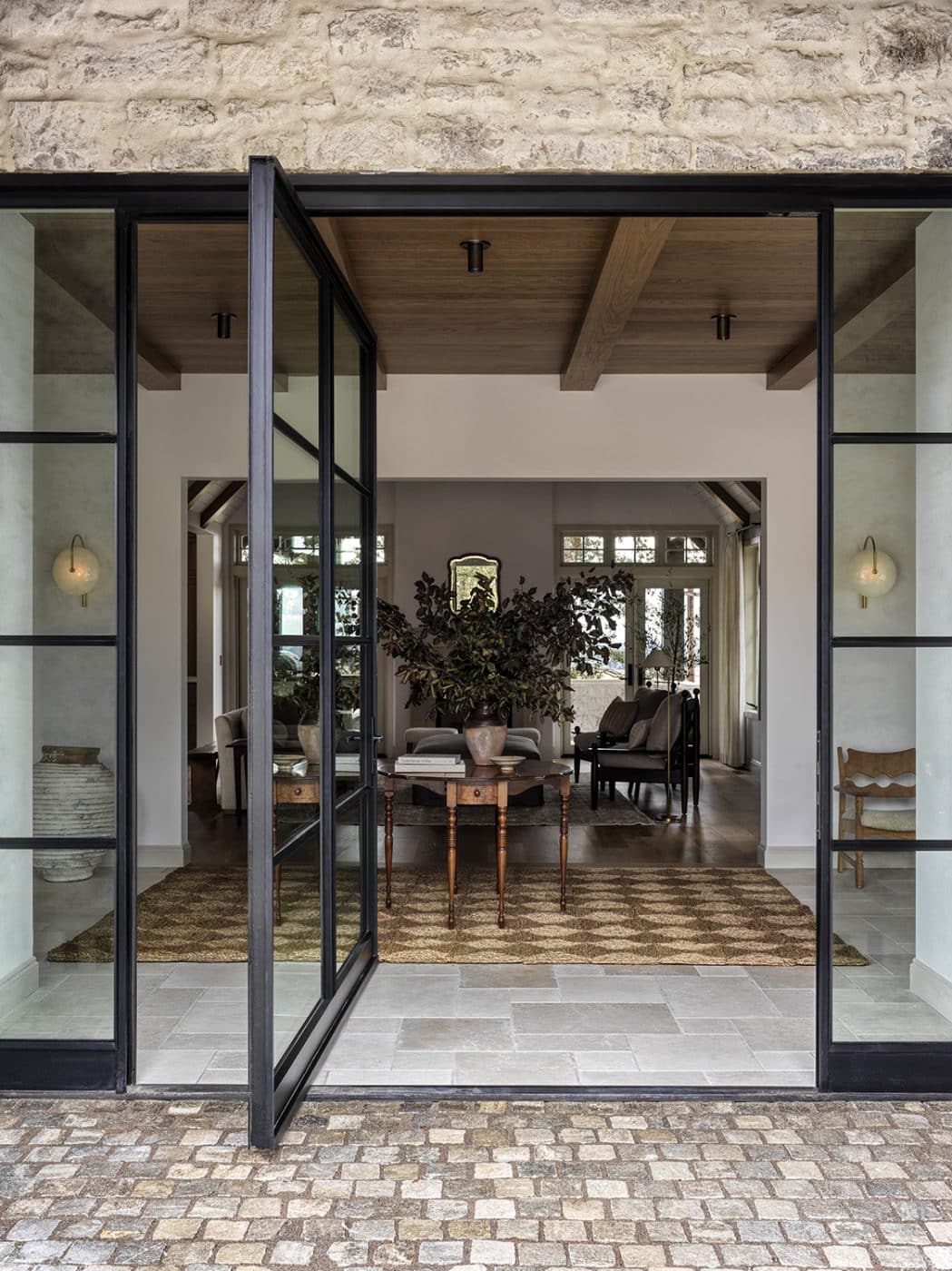
One recent Oregon project — the dream house of a construction executive and his family — rests on a hilltop in the Willamette Valley’s bucolic wine region. (The client relationship started six years ago, when Light and Dwell redecorated the great room of the family’s former residence.)
The five-acre building site had native oak trees and offered plenty of room for grapevines and several dozen goats. Kidd oversaw the house design at every stage, sketching the Sonoma Valley–inspired facade before handing it over to local architect Gary Day, of Benchmark Architectural Services. “We pushed for extra layers of character that make the house look like it’s been there for years,” she says.
The rustic limestone exterior has flush grout, as if an ancient stucco shell had quietly fallen away over the decades. Kidd chose heavily textured cobblestone paving that reminded her of the brisk February she bunked in picturesque Boulogne-Billancourt with a childhood friend living in Paris during high school.

She campaigned for windows gridded with smaller panes after returning from Cape Cod, where she and her husband stayed in a romantic 18th-century farmhouse. “Our clients worried grids would block the view — something I hear over and over again,” the designer admits. Now, she says, they “talk about how the grids frame the killer valley views, adding so much character and charm.”
With this much glass, there are few walls on which to hang art. But unpretentious vintage mirrors amplify the quicksilver Pacific Northwest daylight. Other decor is cool and uncluttered, in a muted palette that defers to the views. Well-used milking stools recall similar vernacular seats that inspired the great Charlotte Perriand, although Kidd says she is not particularly a mid-century modernist.
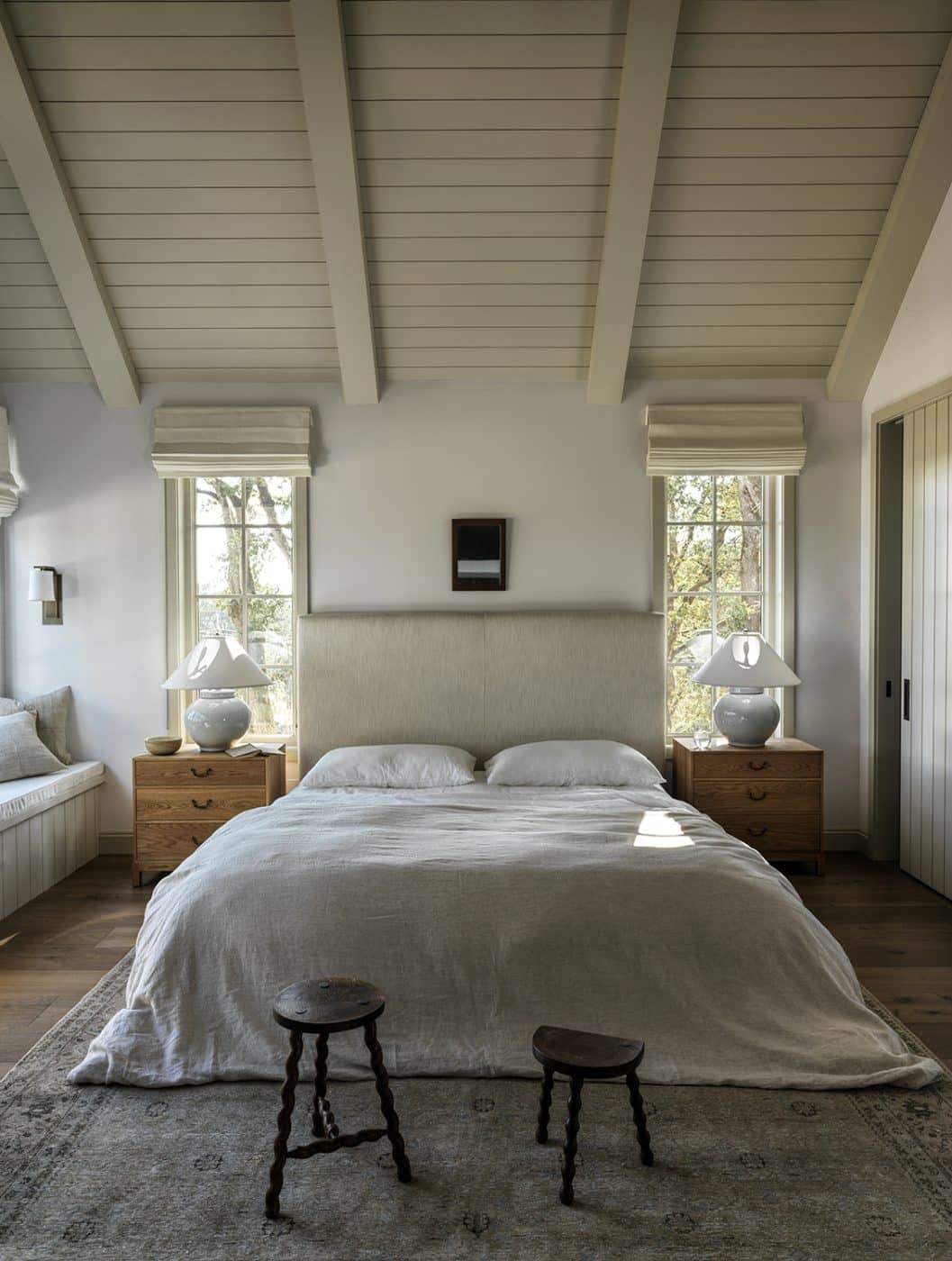
Her own nascent furniture collection, which she sells on 1stDibs, sports a delightful serpentine motif that conjures 1940s French design. Numerous Light and Dwell pieces are hewn from fallen local trees, and their simplicity “works in many house styles, from earthy organic to modern,” she says.
Kuhlman notes that antiques and other aged discoveries sometimes just won’t work, in which case Kidd will source custom pieces through her network of woodworkers and artisanal craftsmen. A vintage French limestone mantelpiece found at an antiques fair, for instance, proved too small for the living room of the wine-country house, so Kidd had artisans cast a scaled-up replica of it in tinted concrete.
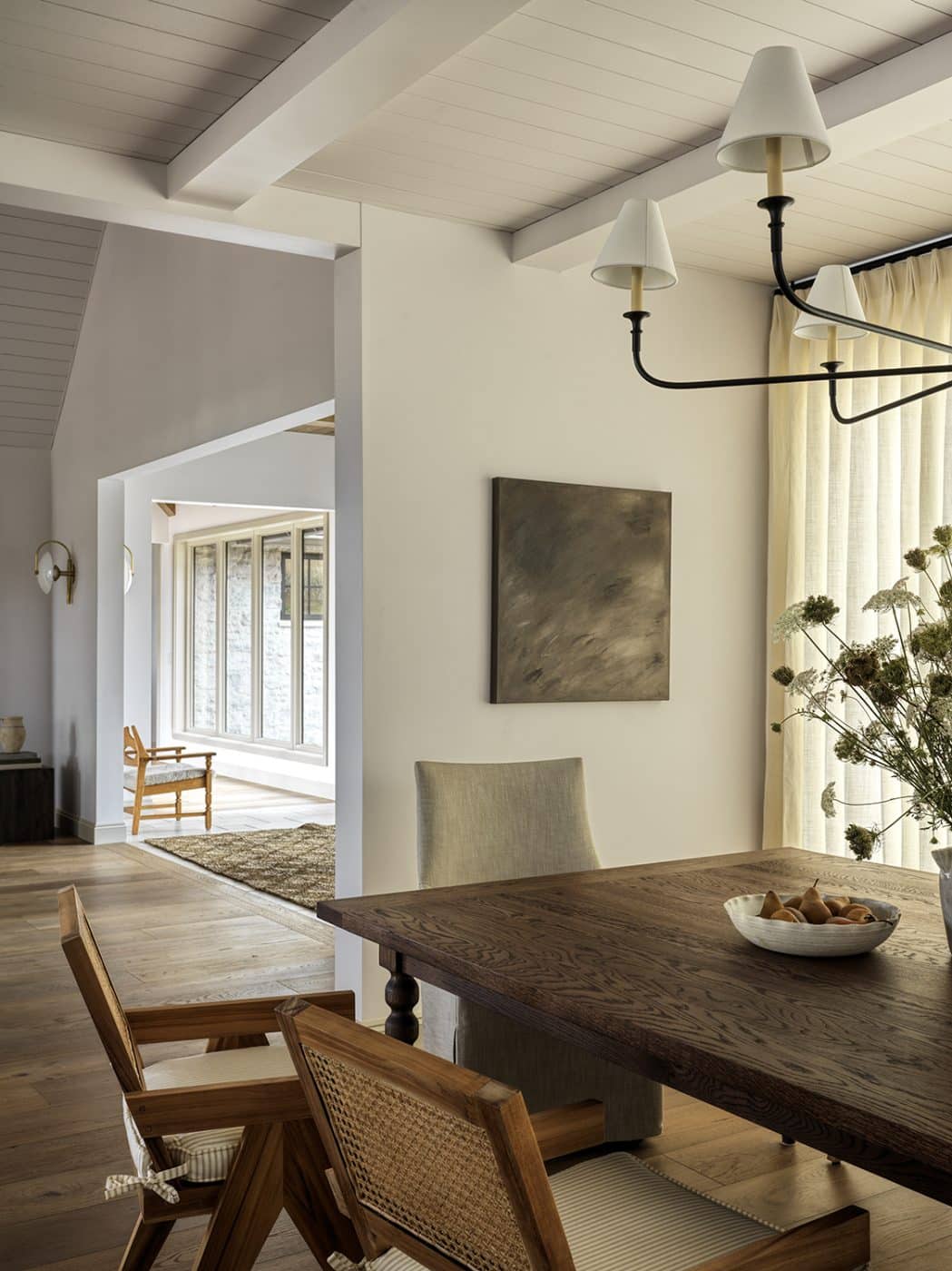
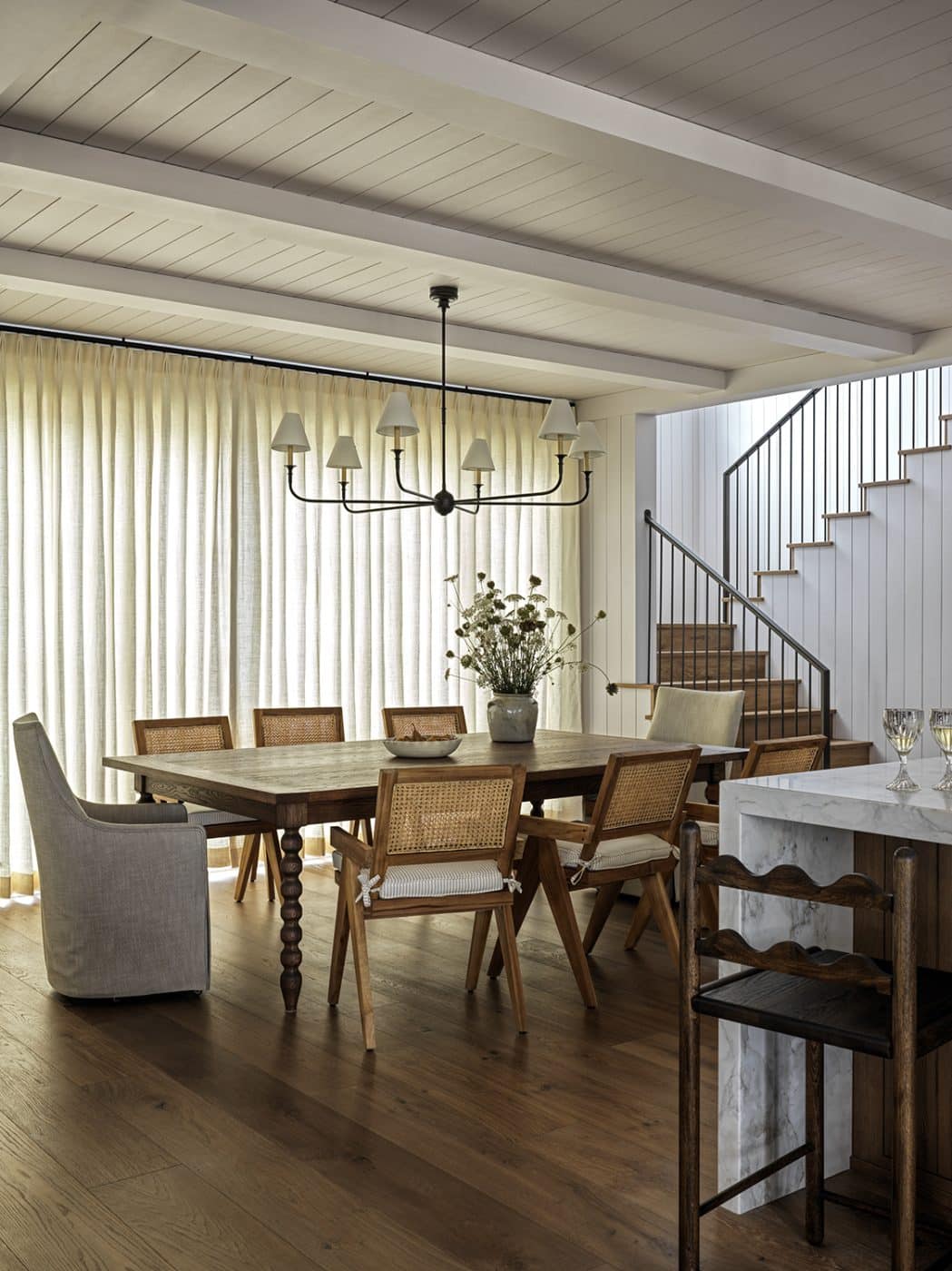
Similarly, when an antique table seemed lost beneath the six branching iron arms of the modern dining room chandelier, Kidd commissioned a big farm table of hand-scraped oak. Built by a Seattle-area woodworker, it has traditional spindle legs and a breadboard edge. Ever the florist, Kidd styled it for this photo shoot with a breezy centerpiece foraged along local backroads.
A 20th-century Henning Kjærnulf oak armchair for EG Møbler and a turned-teak standing lamp are both vintage finds from 1stDibs. Teak-and-cane Chandigarh-style dining chairs, however, are new productions.
“The charm of vintage can be how it’s worn and varies, but this client preferred consistency,” Kidd says. The new chairs gain personality from washable striped linen-ticking seat cushions that she designed to tie on with neat dressmaker bows at the back.
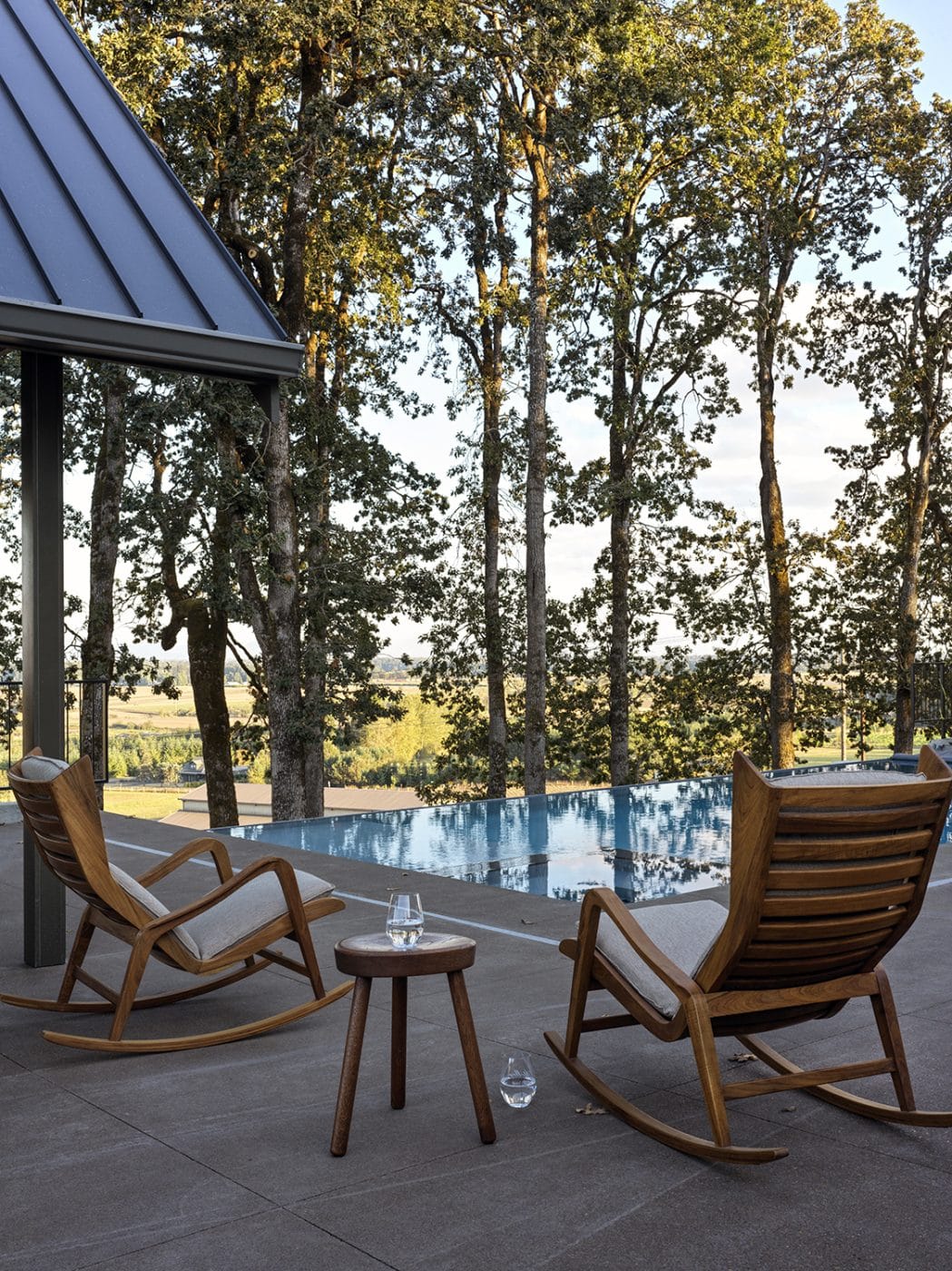
Some objects scattered around the house aren’t just decorative. Kidd encourages the family to use the wooden spoons found in the bouquet of oiled vintage implements — chosen for their various wood tones — that are artfully jammed into an old kitchen crock.
Others items wait to be called into service. Antique wooden clothespins sit in a vintage pickle jar on a laundry-room shelf. The space boasts leathered-granite counters, ample storage and state-of-the-art appliances.
What’s missing, Kidd says, is an old-fashioned clothesline out back. “I guess they still need one!”
